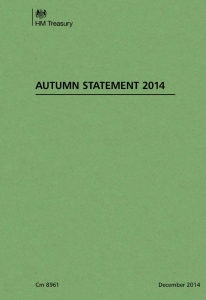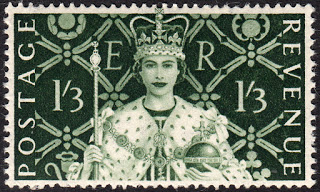Taxing times
Dominic Thomas
Jan 2024 • 5 min read
Taxing times
Tax is perhaps one of the most divisive issues. At the time of writing, just before the Christmas break 2023, the Scottish Government has announced that it is imposing the additional rate of income tax (45%) at a much lower level. Unlike England and Wales, the Additional Rate will start at £75,000.
Here in England and Wales, the 45% rate starts at that “only a quango could come up with it” number of £125,140 for tax year 2023/24. So someone earning more than £125,140 pays 45% income tax, but in Scotland the line is drawn much sooner.
By comparison, a Scottish resident earning £125,140 will pay an extra £2,507 on the same income. I doubt that the extra tax is enough to prompt thoughts about moving south, but it may well alter behaviour at the ballot box.
As a reminder, the tax rates for this tax year (2023/24) which comes to a close on 5th April 2024 are as follows:
| Band | Taxable Income | Tax Rate |
| Personal Allowance | Up to £12,570 | 0% |
| Basic rate | £12,571-£50,270 | 20% |
| Higher Rate | £50,271-£125,140 | 40% |
| Additional Rate | Over £125,140 | 45% |
These are the income tax rates on earned income, not dividends (which have lower tax rates).
If you are breathing a sigh of relief because you live in England or Wales, remember that this tax year saw the Government reduce the higher rate band so that Additional Rate begins at £125,140 rather than £150,000.
Most of us have been impacted by inflation, yet the personal allowance remained frozen as did the basic rate tax band. So more people pay more income tax. This is what the media and whoever is in opposition, like to call “stealth taxes” basically an increase in tax in real terms.
Additional Rate tax was introduced in the tax year 2010-11, and saw 236,000 people pay 45% raising £34.5billion. Ten years later, the HMRC 2020-21 data saw this number increase to 481,000. There is no doubt that whichever way one observes the data produced by HMRC, we all pay more tax.
There are of course some things that you can do about reducing tax or even obtaining tax reliefs, these are all part of a good financial plan. However what I often observe is how little attention is paid to good arrangement of financial ‘stuff’ so that you can minimise tax payments. How much and where from become really important when drawing money from your portfolio. It’s one thing to get tax relief or use an allowance, it’s another to draw money out so that you pay less than 20% tax.
I recently produced a White Paper that you may find of interest called ‘Understanding Adviser Fees’, which includes and explanation about the value that we bring. Whilst I firmly believe that every little helps, if you focus purely on costs and ignore taxes, you will quickly wonder why you bothered. You can find the paper (which is designed to be readable – feedback welcome) here.

















